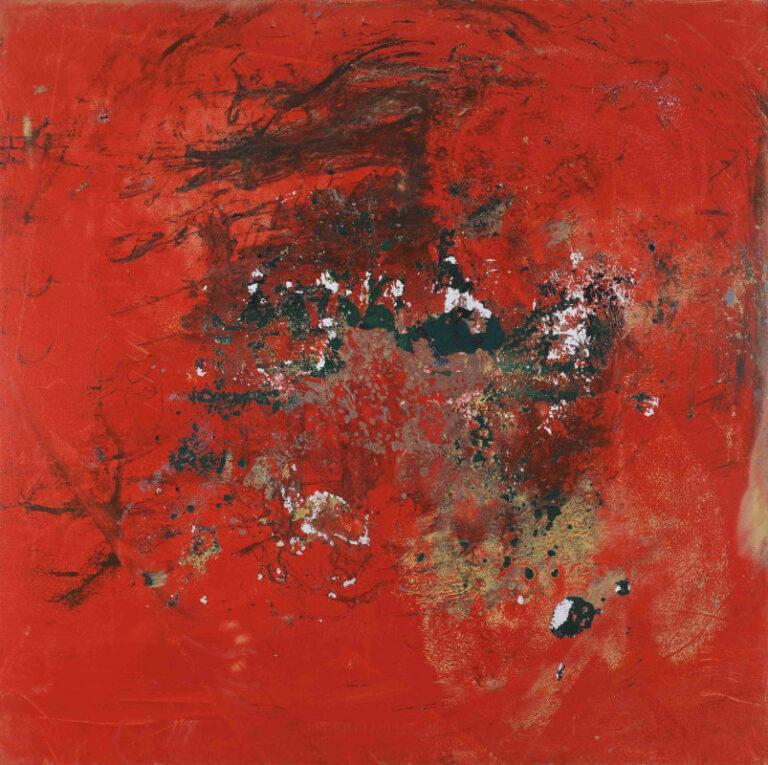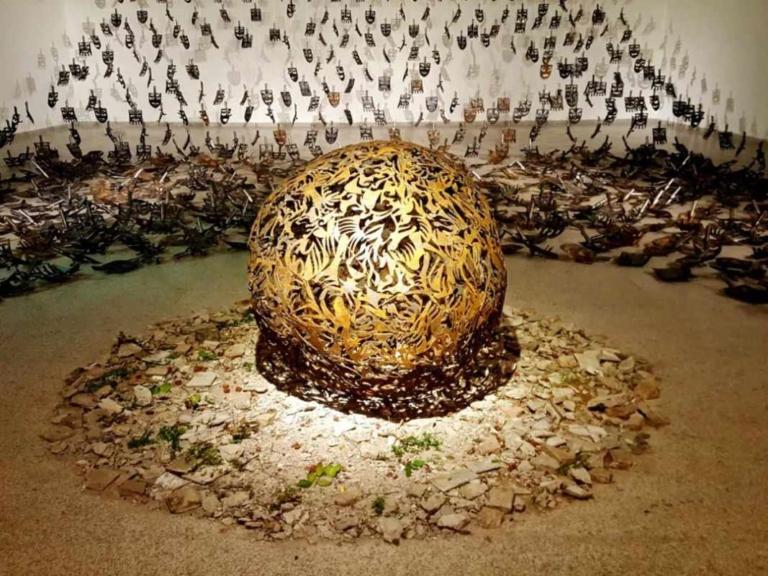Dutch sculptor Elsbeth Pluimers addresses the Anthropocene epoch through her art, a term coined by Nobel Laureate Paul Crutzen in 2000 to describe a geological era dominated by human impact on Earth’s environment. Born on May 1, 1954, Pluimers uses her background in biology and geology to highlight the era’s pressing themes, embodying the roles of both artist and scientist.
Pluimers’ art confronts humanity with a pivotal choice: succumb to despair over potential environmental destruction or rise to restore harmony between nature and mankind. Choosing the latter, she employs her scientific knowledge and Asian cultural influences to create a unique visual language. Her series ‘Golden Spike’ explores the relationship between humans and nature, referencing a geological term that denotes a specific point in Earth’s timescale, emphasizing the need to reconcile humanity and nature.
Her fascination with Earth’s genesis and evolution breathes life into her sculptures, crafted in bronze, glass, and ceramic. Influenced by scientists like Lynn Margulis and Neil Shubin, Pluimers integrates their discoveries into her work, providing contemporary relevance and authenticity. Her art serves as a commentary on the Anthropocene, advocating for the restoration of equilibrium between humanity and nature, and uses her platform to engage, enlighten, and inspire change.










